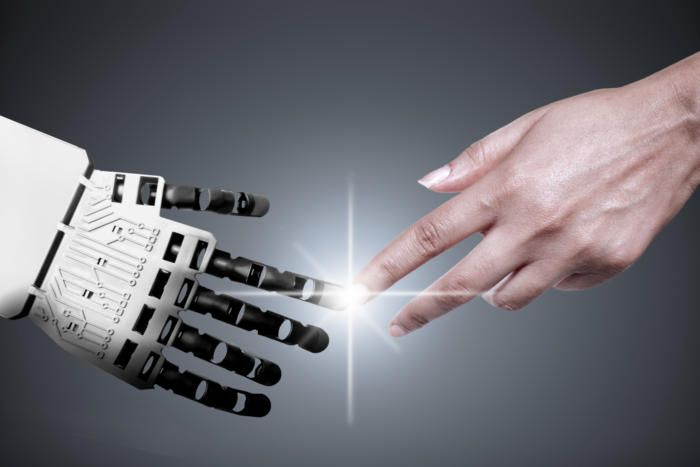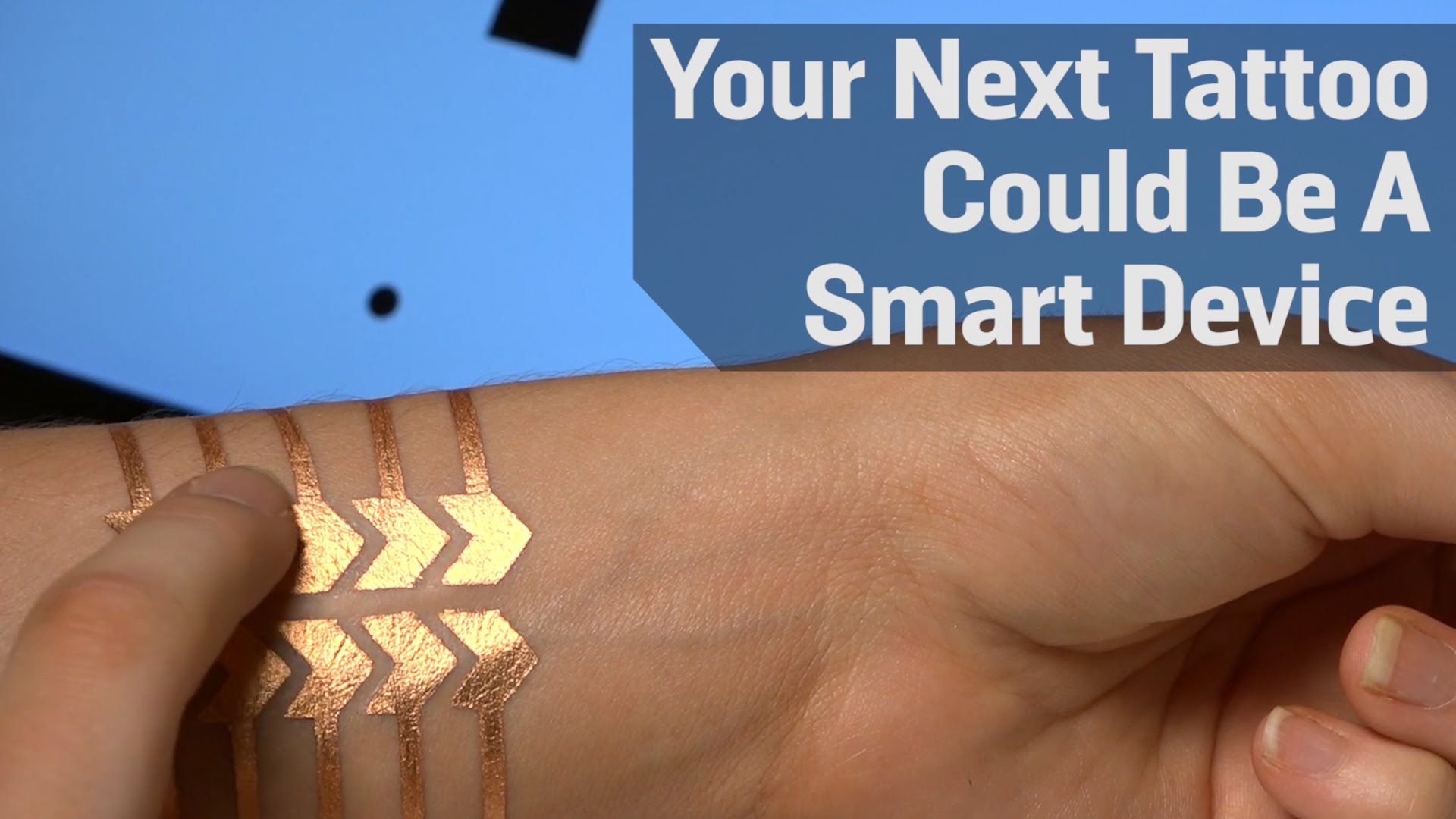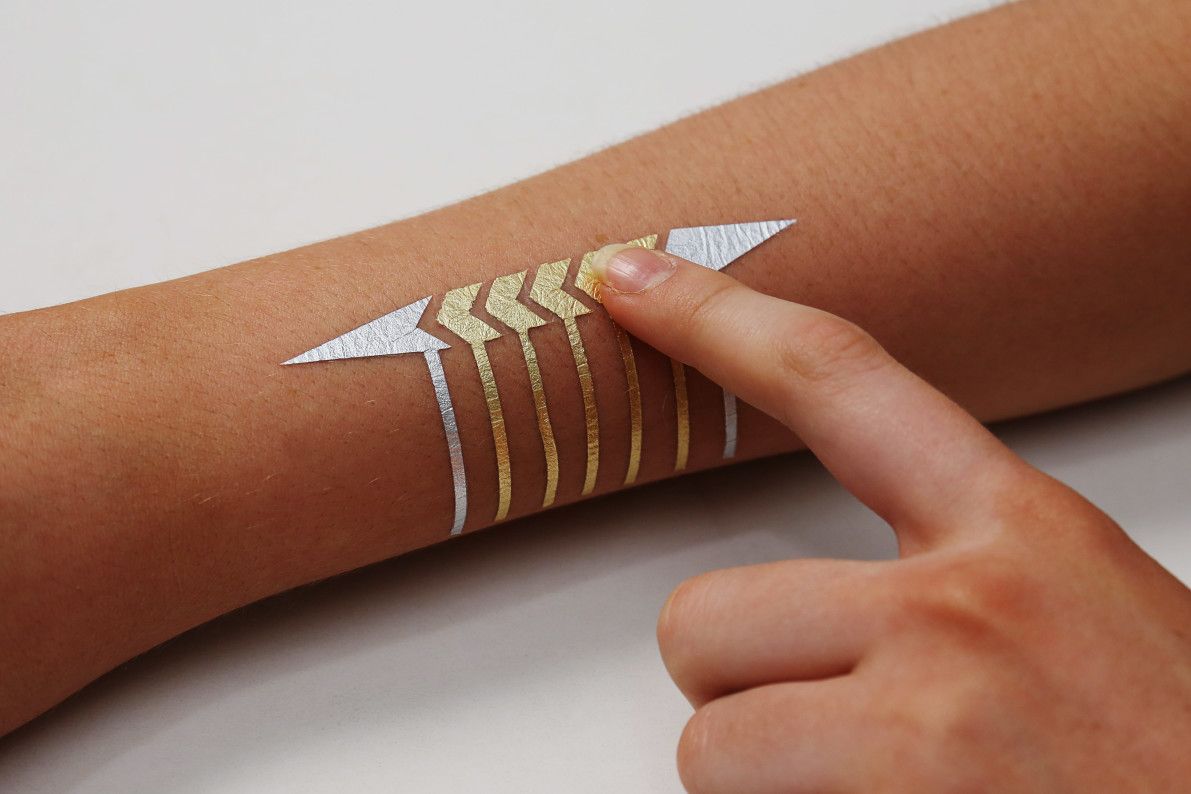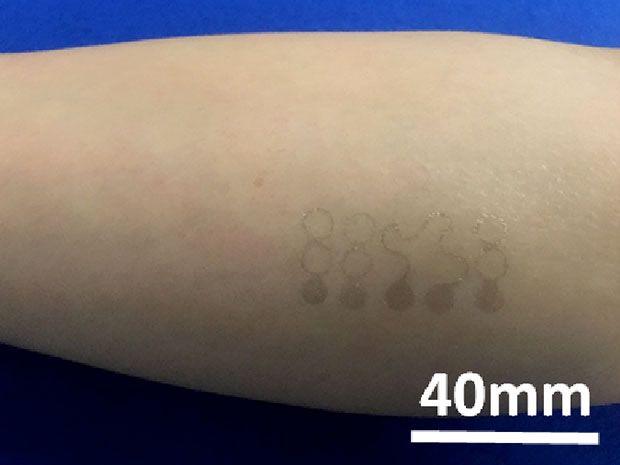Mar 31, 2017
Google and Levi’s Are Releasing the World’s First ‘Smart Jacket’ This Year
Posted by Shailesh Prasad in category: wearables
https://youtube.com/watch?v=yJ-lcdMfziw
With the exception of activity trackers and smartwatches, it’s fair to say that wearable technology hasn’t really taken off just yet, but if Google and Levi’s have their way, that could soon be about to change.
The two companies are teaming up to release their first co-designed product – the world’s first ‘smart’ trucker jacket (yep, that’s a thing now). It looks for the most part like a regular Levi’s Commuter jacket, but with a conductive fabric called “interactive denim” and a Bluetooth device that attaches to the sleeve.
Continue reading “Google and Levi’s Are Releasing the World’s First ‘Smart Jacket’ This Year” »


















